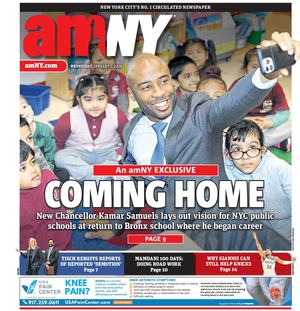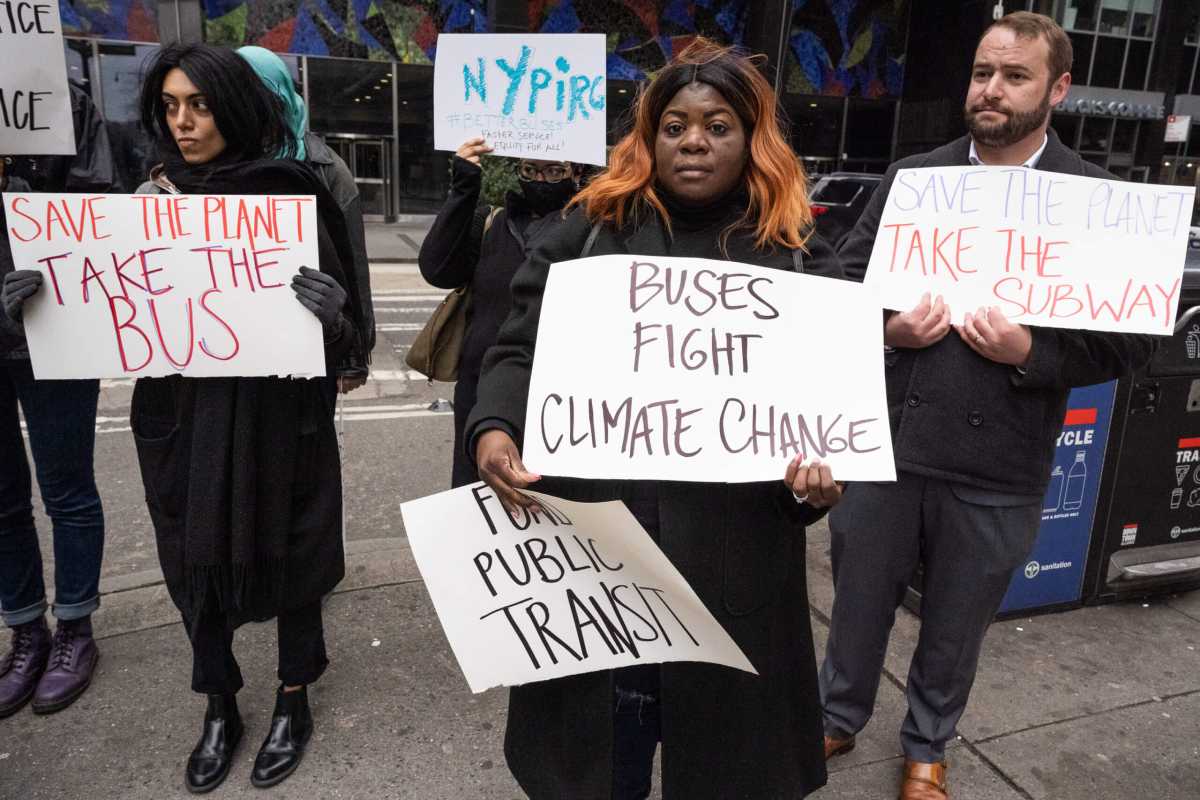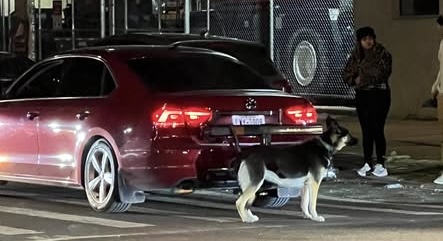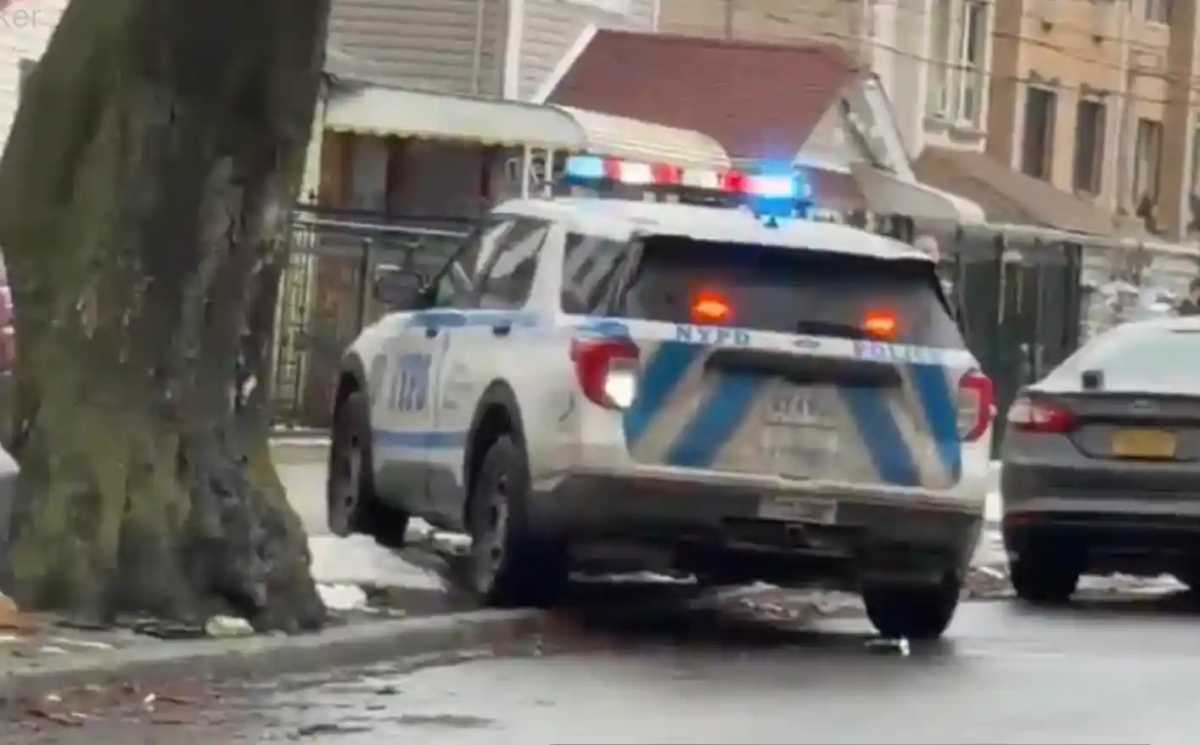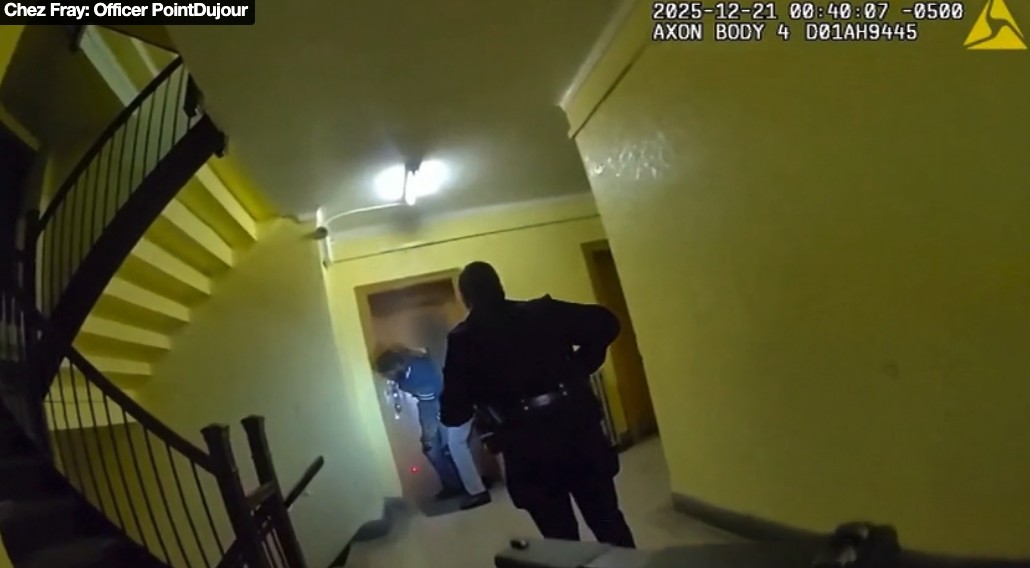A coalition of climate advocates and elected officials held a press conference outside MTA Headquarters on March 24, urging Governor Kathy Hochul to increase transit funding as a tool to combat the threat of climate emergency.
In a letter to the governor, they asked for an additional $300 million to finance more frequent subway and bus services. The letter states that more frequent service would cut wait and travel times. The move, activists say, could lead to an increase in ridership, reducing the number of cars and cutting greenhouse gas emissions.
The letter also highlights that the Climate Leadership and Community Protection Act (CLCPA) requires New York State to reduce greenhouse gas emissions by 40% by 2030 and 85% by 2050. The coalition of climate advocates argues that the investing in the MTA would be a “crucial complimentary policy to all the others in the state’s growing climate action toolkit.”
This week, the UN’s Intergovernmental Panel on Climate Change released its 2023 Climate Report with a dire warning that the window to secure a livable and sustainable future was rapidly closing if governments didn’t take immediate and drastic measures to curb greenhouse gas emissions.
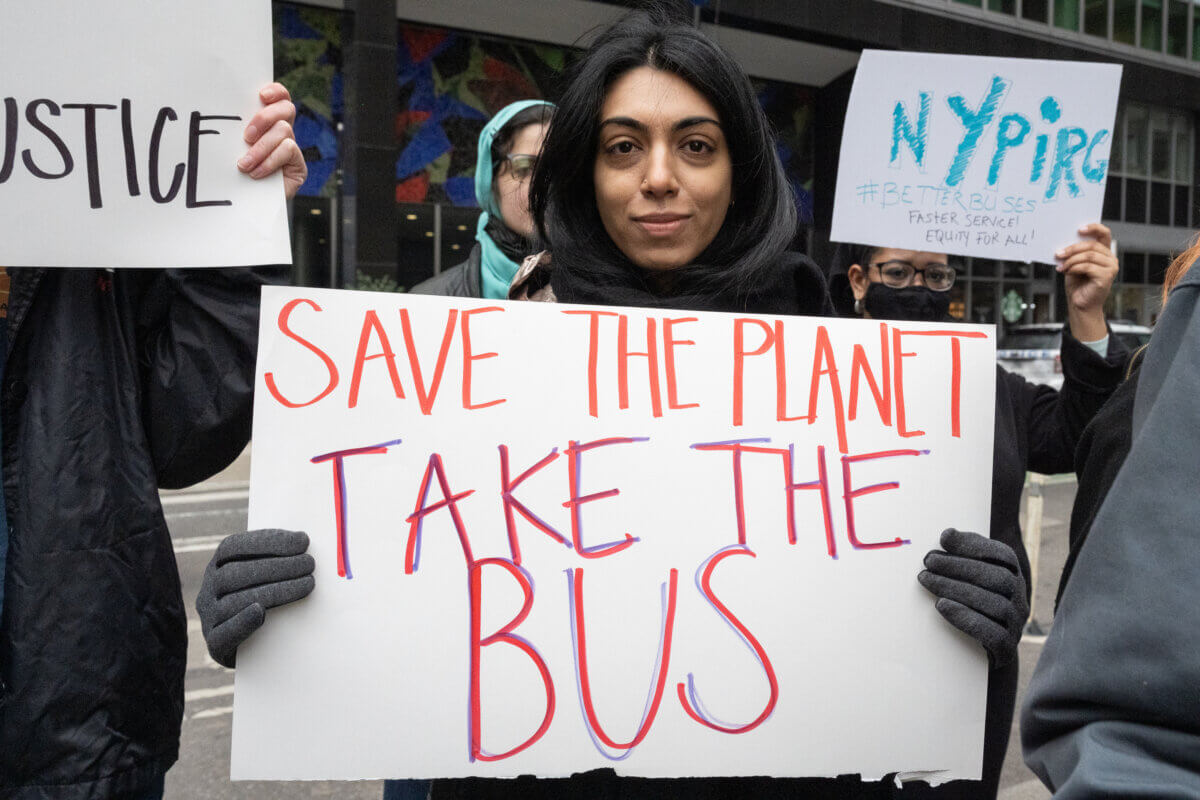
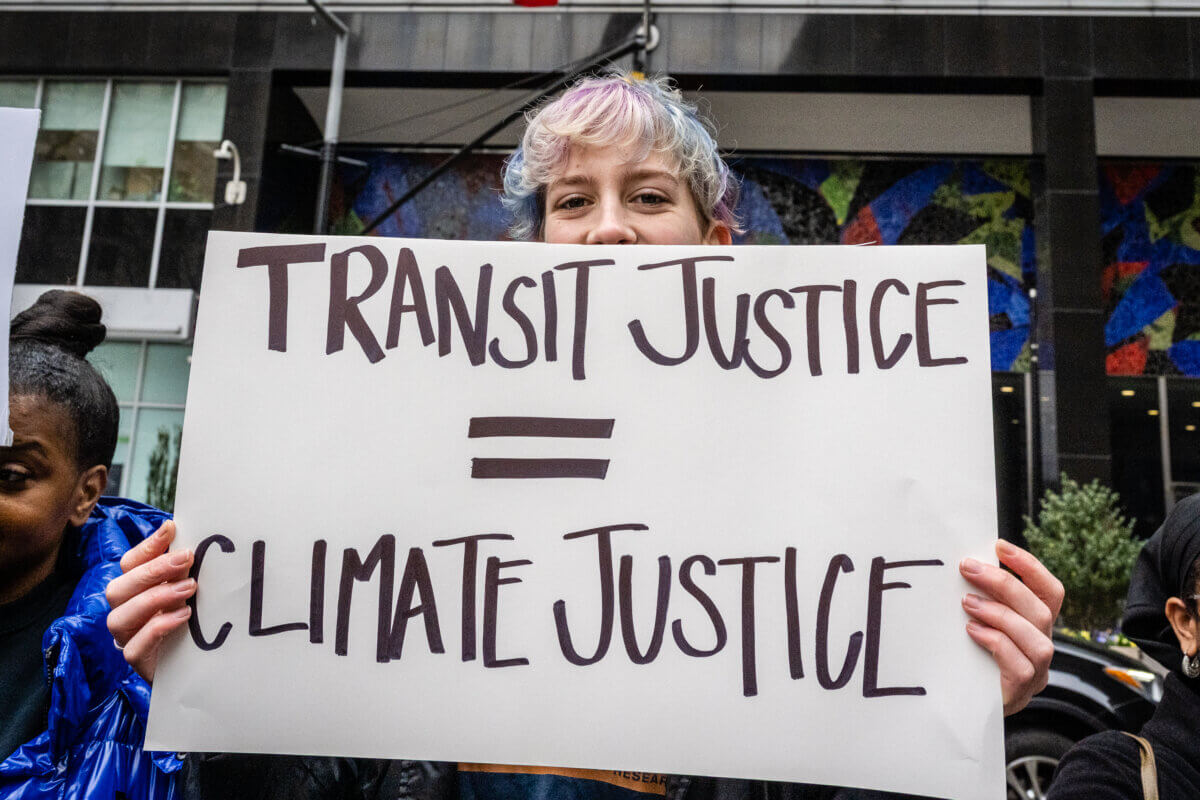
Jaqi Cohen, director of Climate and Equity Policy at Tri-State Transportation Campaign, urged the governor to take bold actions and lead the way in creating a more sustainable future for New Yorkers.
“An effective transportation network is one that offers the greatest mobility to its riders,” Cohen said during a rally outside MTA headquarters in Lower Manhattan. “By providing more frequent and accessible transit, we can offer freedom to New Yorkers to leave their cars behind and choose a more sustainable and efficient way to travel.”
Assemblymember Zohran K. Mamdani, who represents parts of Queens, said that public transportation was one of the most powerful ways to combat climate emergency.
“We know that taking the subway is ten times greener than going in private car transportation,” Mamdami said. “We know that without public transit, we will be looking at 30% more greenhouse gas emissions. And we know that, when you take the bus instead of taking the car, is 41% cleaner for our environment.”
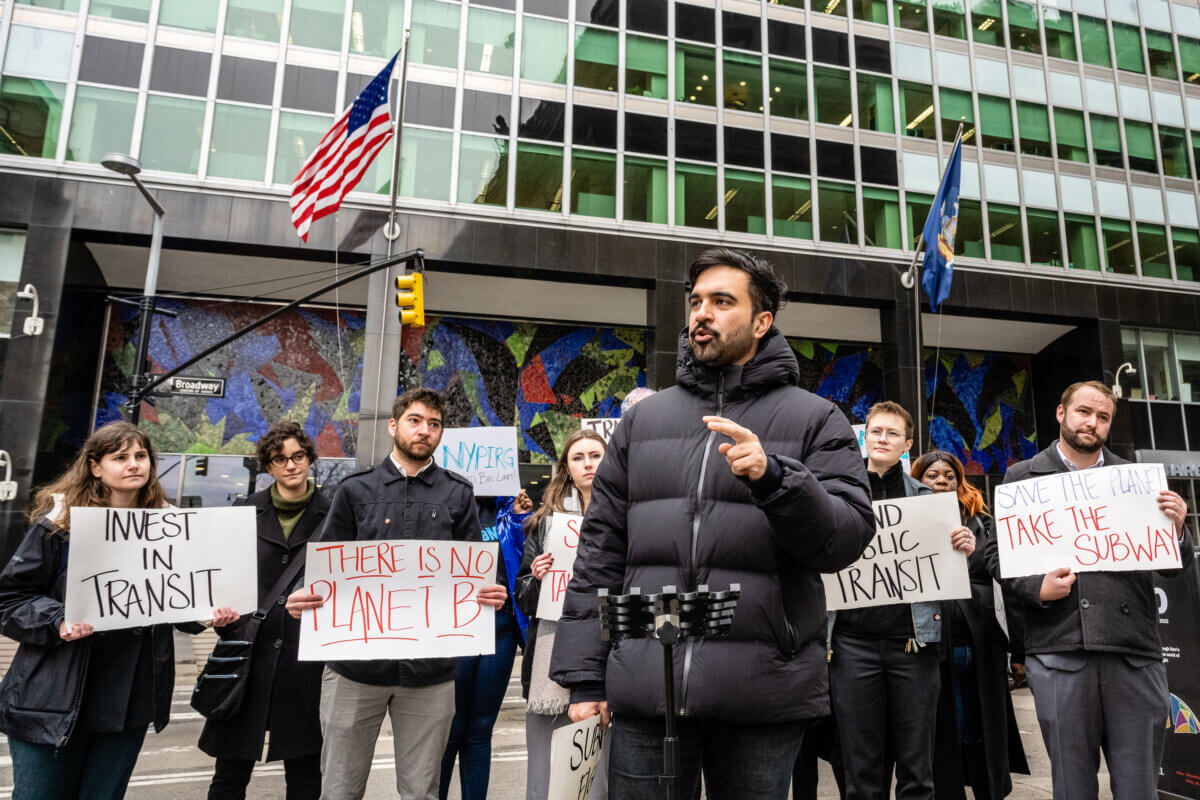
Patrick McClellan, policy director of the New York League of Conservation Voters, pointed out that green transportation wasn’t limited to electric vehicles but also included a well-funded public transportation system to fight the climate crisis.
“We have the state’s own climate experts saying that if we’re serious about fighting climate change, we have to fund the MTA,” McClellan said. “We have to have more frequent, faster, more reliable service. This is not a huge funding ask in the grand scheme of things in the state’s budget. We need to make sure that the MTA has all of the resources they need. Not just to barely keep their heads above water, but be able to thrive and to be able to offer a better, more reliable service to New Yorkers.”
In a statement, both state Senator Andrew Gounardes and City Comptroller Brad Lander emphasized that an investment in the public transit system would make it easier for New Yorkers to “get around” and combat climate change at the same time.
“Mitigating climate change means decreasing the amount of emissions our vehicles produce — but decreasing the amount of emissions our vehicles produce means making it easier for New Yorkers to get around without cars,” Gounardes said. “There is only one way to make that possible: investing in our public transit. In this year’s budget, we must not only keep the MTA from financial distress, but earmark an additional $300m for increased service: for the needs of riders and for the needs of our climate.”
“Frequent, all-day bus and subway service is the key to boosting transit ridership and decarbonizing transportation in New York City,” New York City Comptroller Brad Lander said. “In order to get our city moving sustainably, the governor and state legislators must take this opportunity to invest in better transit for the immediate and long-term well-being of our city.”
